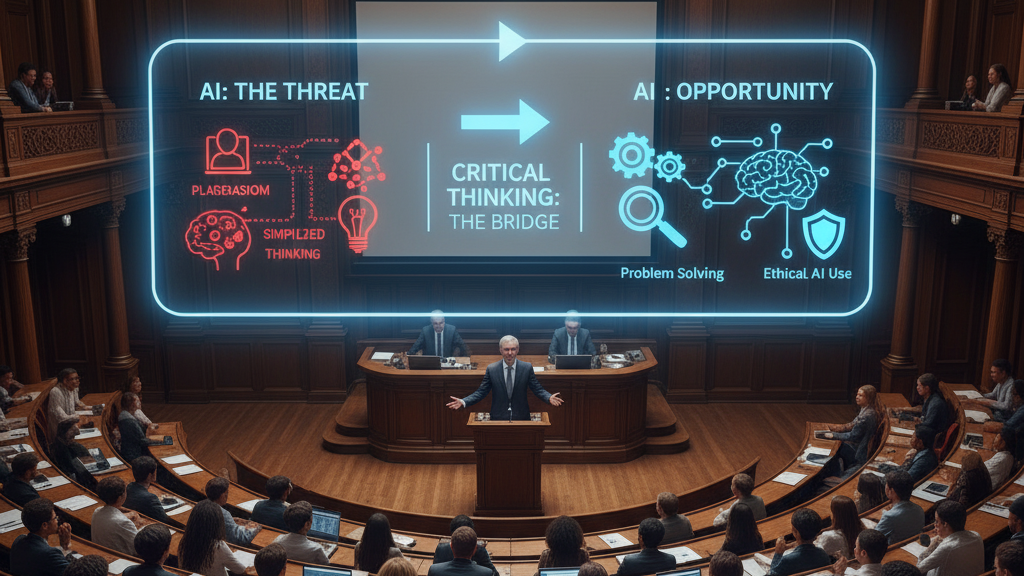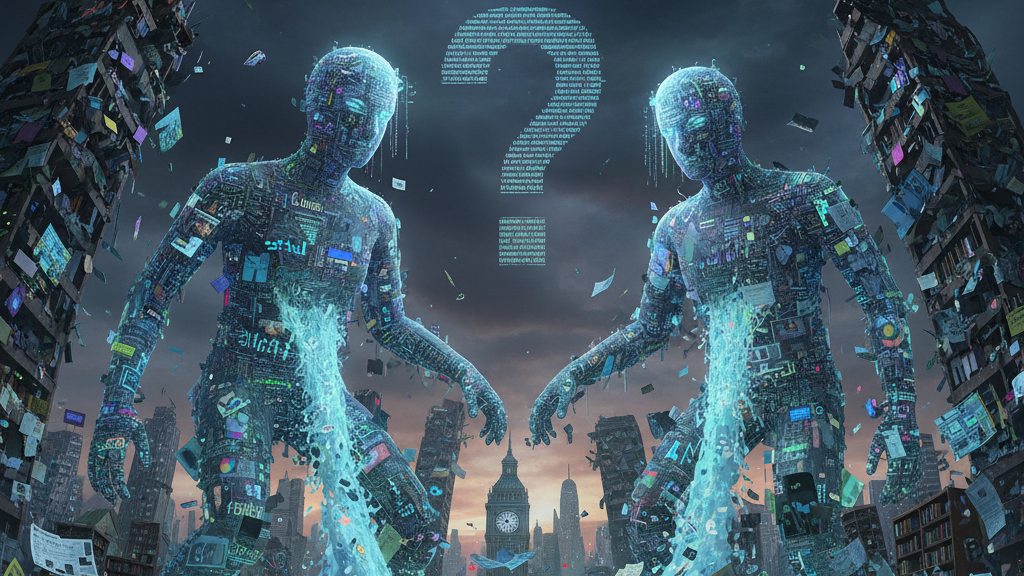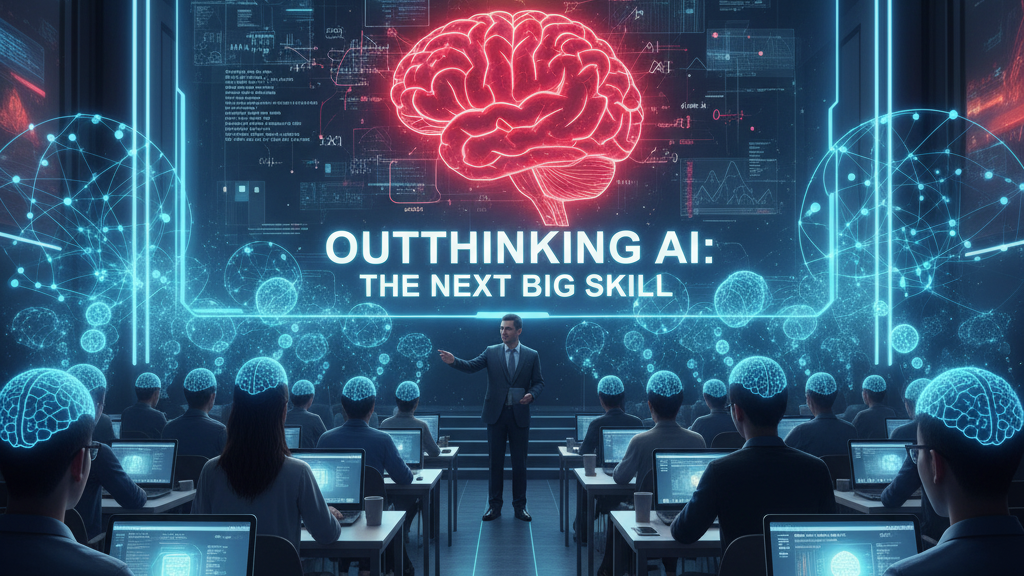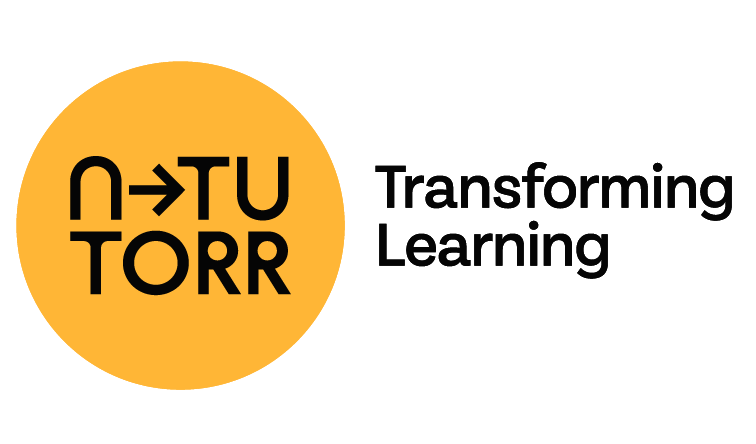
Source
The Conversation
Summary
Anitia Lubbe argues that universities should stop treating AI primarily as a threat and instead use it to develop critical thinking. Her research team reviewed recent studies on AI in higher education, finding that generative tools excel at low-level tasks (recall and comprehension) but fail at high-level ones like evaluation and creativity. Traditional assessments, still focused on memorisation, risk encouraging shallow learning. Lubbe proposes redesigning assessments for higher-order skills—asking students to critique, adapt, and evaluate AI outputs. This repositions AI as a learning partner and shifts higher education toward producing self-directed, reflective, and analytical graduates.
Key Points
- AI performs well on remembering and understanding tasks but struggles with evaluation and creation.
- Current university assessments often reward the same low-level thinking AI already automates.
- Teachers should design context-rich, authentic assessments (e.g. debates, portfolios, local case studies).
- Students can use AI to practise analysis by critiquing or improving generated content.
- Developing AI literacy, assessment literacy, and self-directed learning skills is key to ethical integration.
Keywords
URL
Summary generated by ChatGPT 5





